A Collective Story of Innovation, Collaboration, and Shared Purpose
Origins
Building from Shared Needs
In the late 2000s, a unique collaboration began between Queen’s University, the University of Calgary, and the University of California Los Angeles. All three institutions faced a common challenge: how to manage increasingly complex medical school curricula while supporting faculty, learners, and accreditation reporting with modern tools. This need led to the creation of a platform that eventually became known as Elentra—an open-source system grounded in the values of accessibility, extensibility, and academic stewardship.
As the system matured, its potential attracted attention from other medical schools in Canada, the United States, and Singapore. Recognizing the need for formal structure, these schools formed the Elentra Consortium—a community-source model that allowed institutions to co-develop, and co-govern the software.
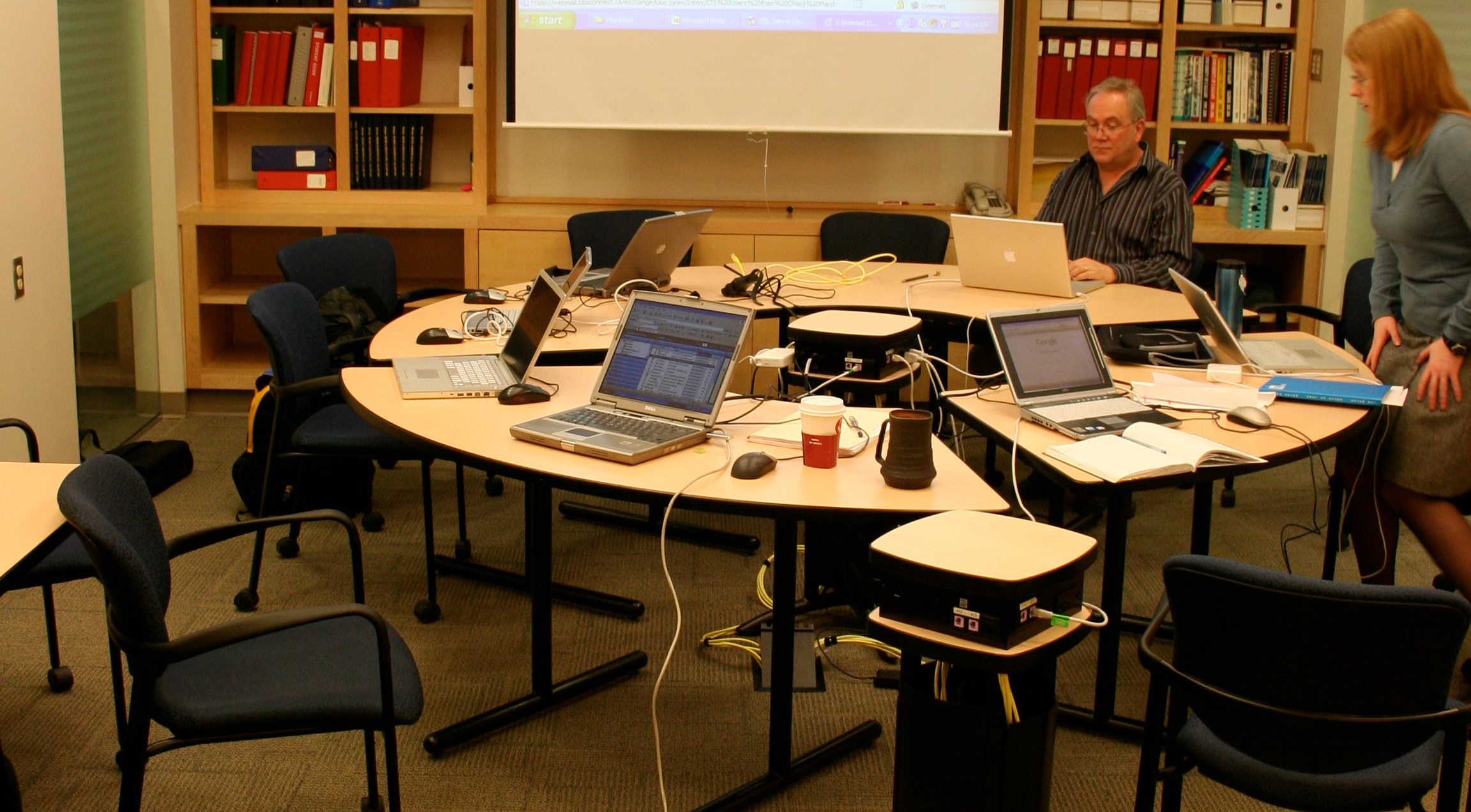
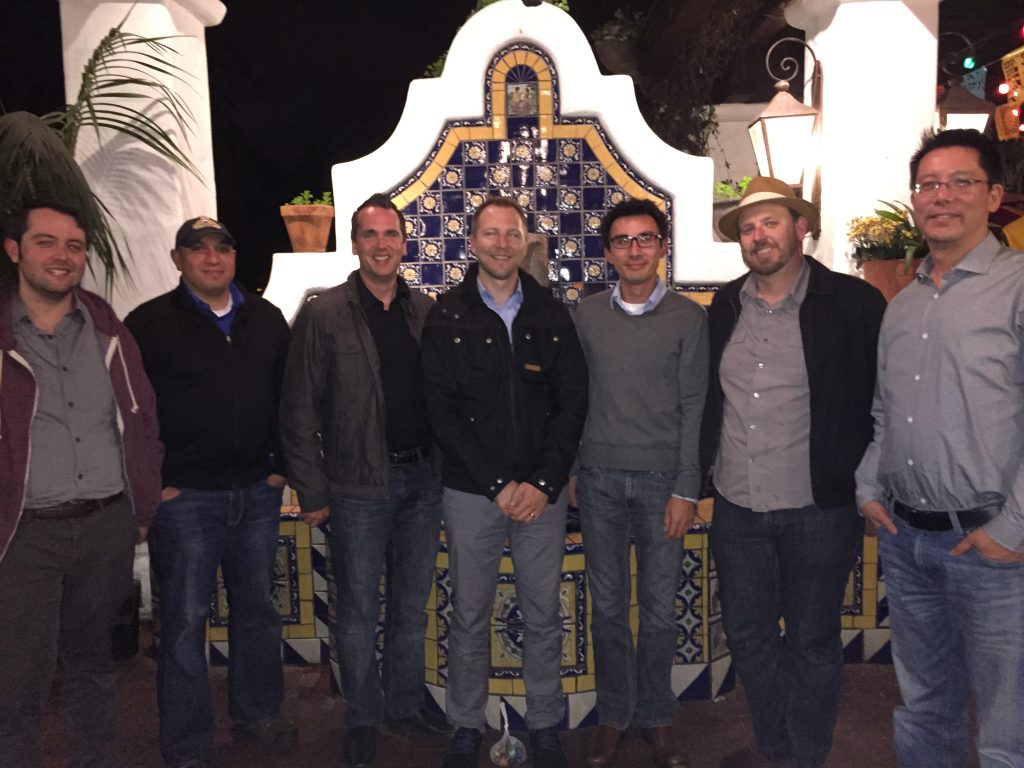
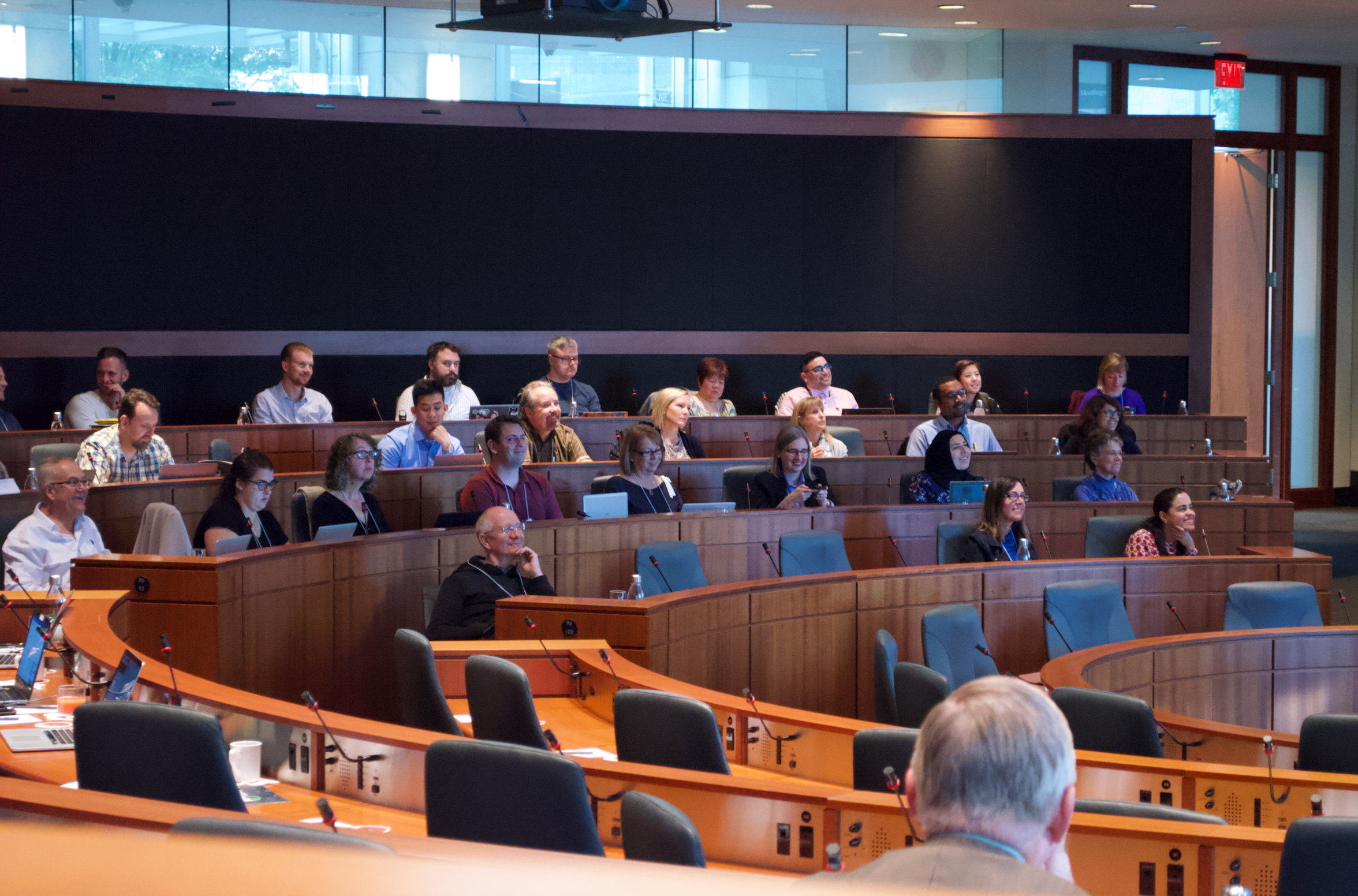
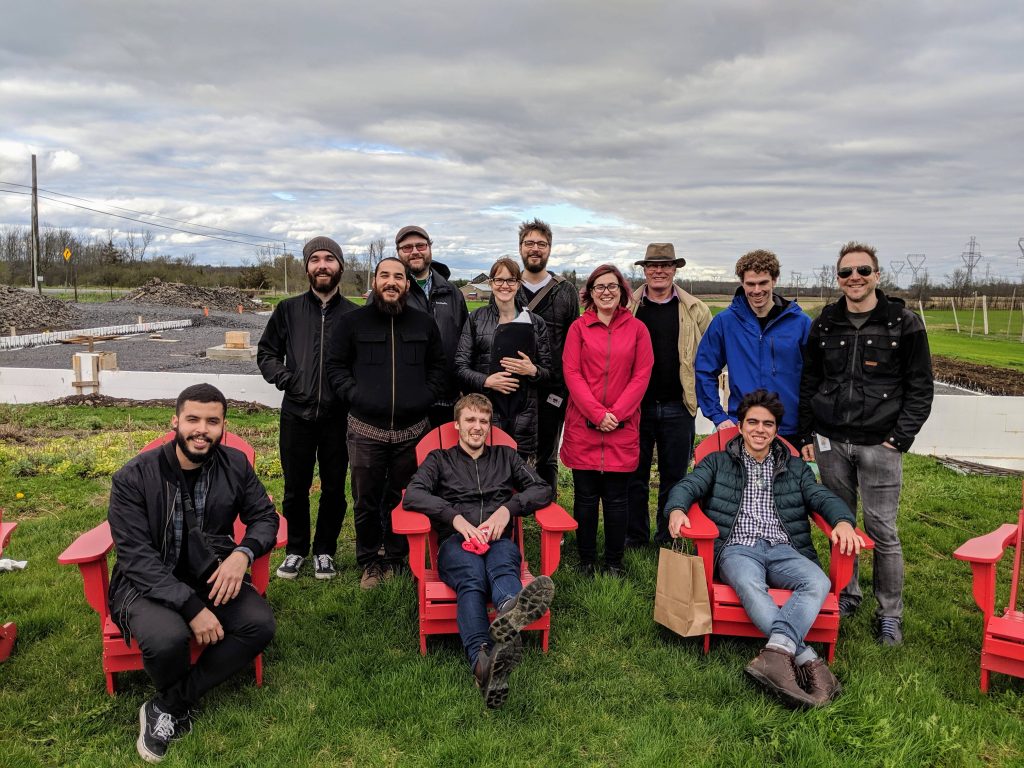
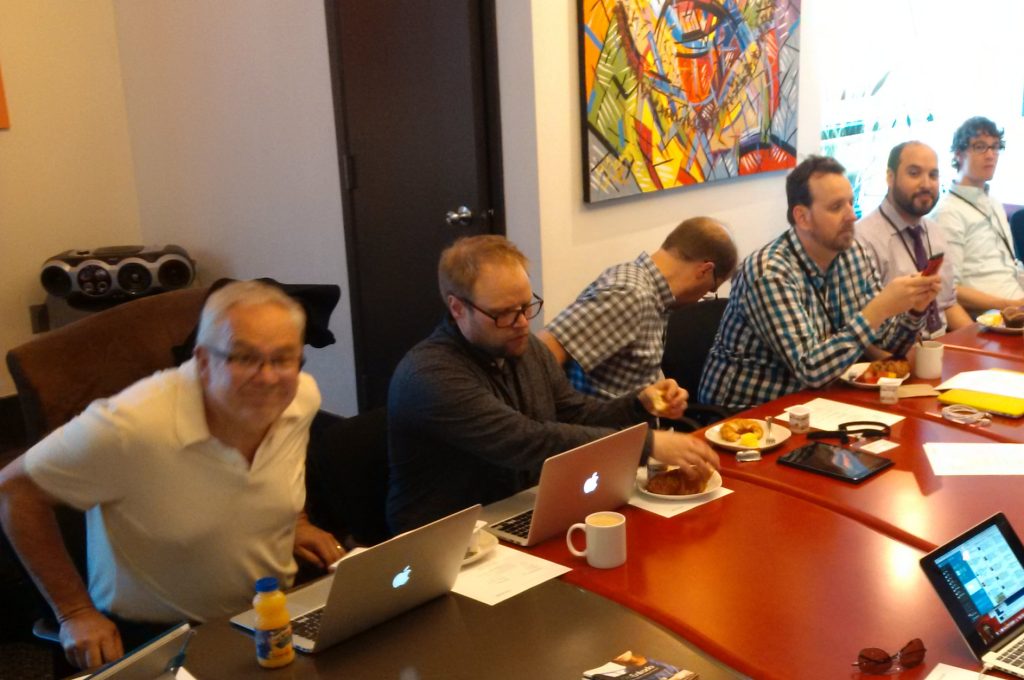
Structure
Governance, Values, and Shared Purpose
The Elentra Consortium thrived because it was rooted in academic stewardship, shared ownership, and transparency. Faculty and administrators had a say in the tools they used. Every enhancement came from real needs.
Governance wasn’t ornamental; it was functional. The Advisory Committee was set up to support the development and refinement of the mission, vision, and strategic plan. Each school had an opportunity to represent their needs and to contribute to the continuity of Elentra. The Product Management Council looked at the Consortium’s needs holistically from the perspective of what would benefit and positively impact the greatest number of schools. The Architecture Review Committee upheld technical standards by making technology-related recommendations and ensuring stability and consistency in the Elentra product. These structures, combined with transparent tooling—public Jira boards, shared GitHub repos, and open meetings—enabled broad participation and trust.
Beyond formal committees, a deeper culture emerged. Disagreements were welcomed. Credit was given freely. The mission was simply better education. That sense of shared purpose made collaboration not just effective but meaningful. Over the years, member institutions evolved. Leadership changed. Priorities shifted. The shared mission required constant tending. The Consortium’s longevity reflected the strength of its governance structures and the shared commitment of its members.
Platform
Balancing Customization and Coherence
Elentra was not developed in a vacuum. It was built by educators, administrators, and technologists who lived the challenges of health professions education firsthand. Many design choices—from how courses were structured to how EPAs were logged—were shaped by practical experience with accreditation demands, learner workflows, and faculty support. This academic DNA ensured the platform stayed focused on pedagogy, not just functionality.
With institutions spanning the globe, the Consortium had to accommodate a wide range of needs. Governance and technical design helped make this possible. Distributed representation, collaborative roadmaps, and shared infrastructure allowed schools to contribute while retaining autonomy.
This dynamic raised an ongoing question: was Elentra a platform to be shaped by each school, or a product with standardized workflows? In truth, it was both. That dual identity created tension, but also innovation. It allowed customization without chaos—coherence without rigidity.
Over time, Elentra matured into a robust integrated teaching and learning platform that enabled everything from curriculum mapping and assessment or evaluation workflows in the context of Competency-Based Medical Education (CBME) to support for scheduling events and clinical rotations. It handled portfolios, logbooks, exams, and much more. These capabilities supported a wide range of health professions education programs, and Elentra was adopted as a core platform for managing the comprehensive needs related to tracking learner progression across multiple programs.
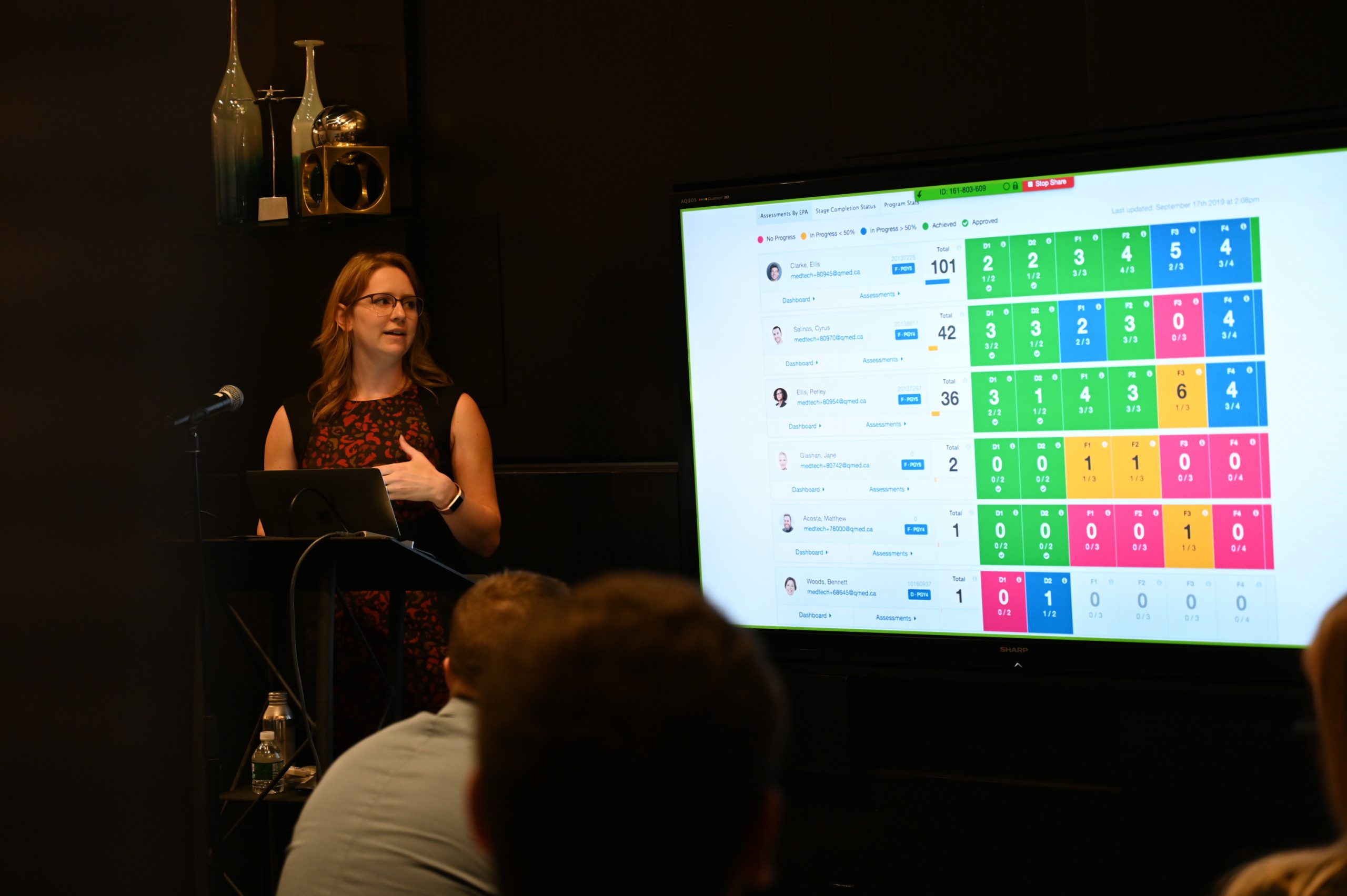
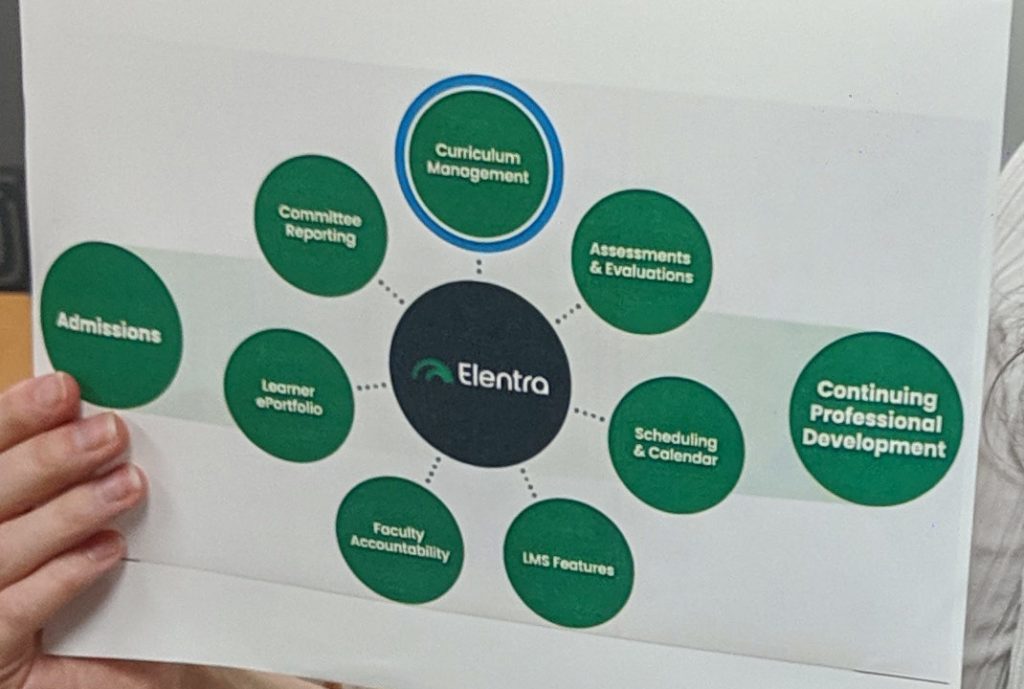
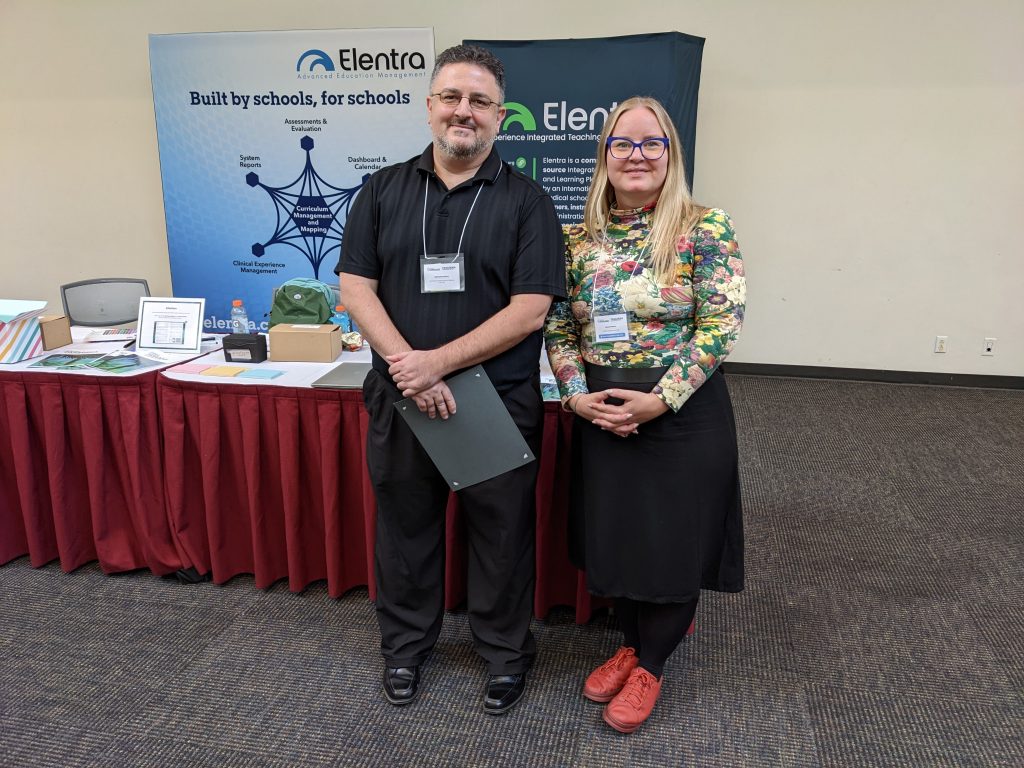
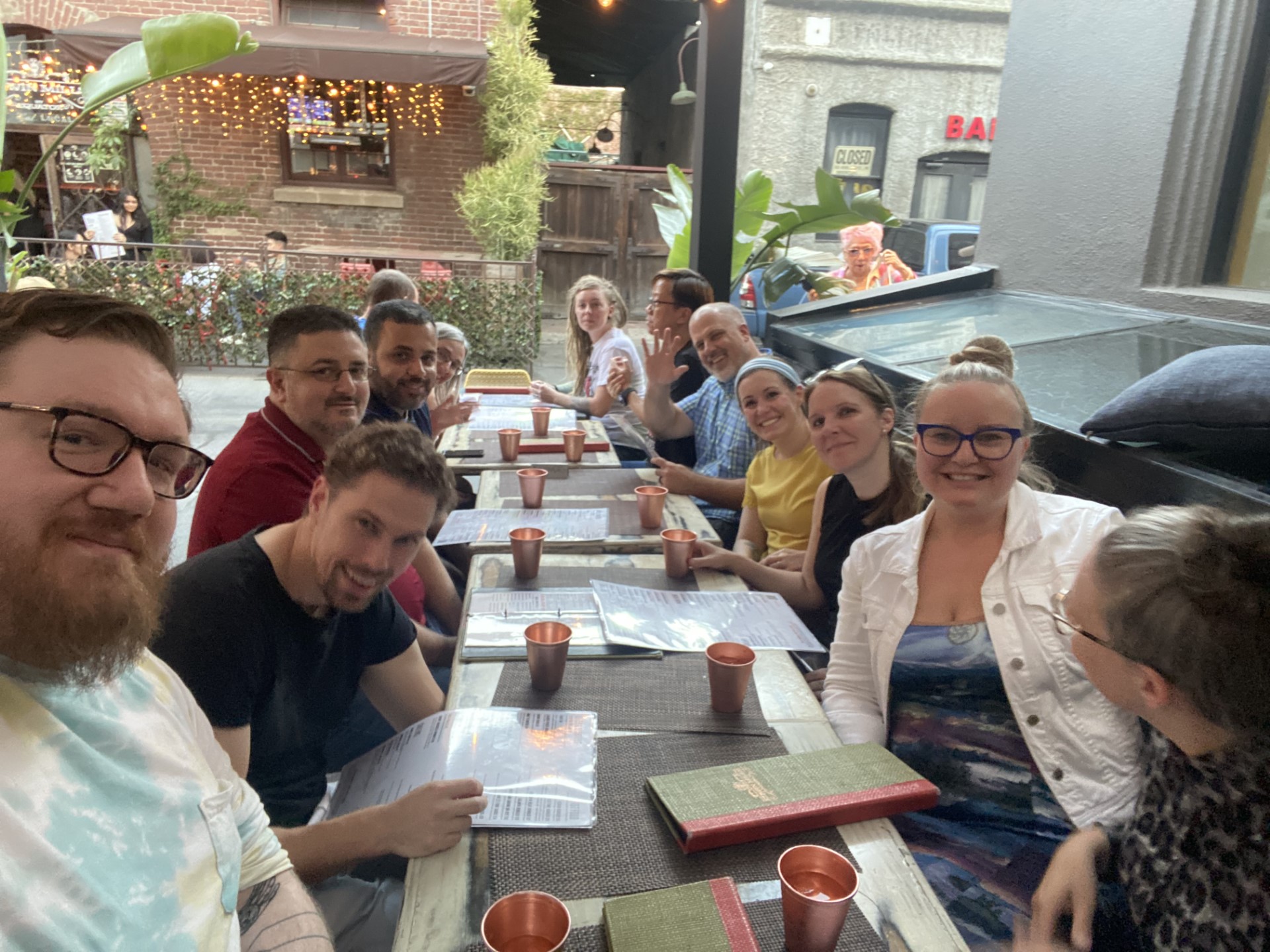
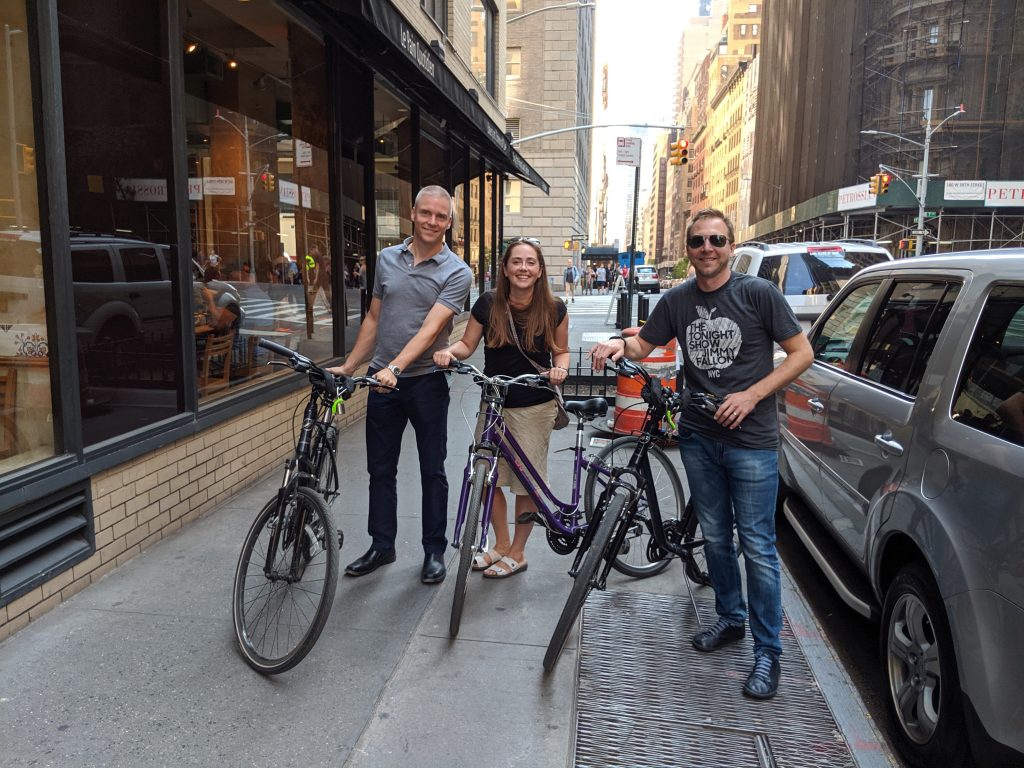
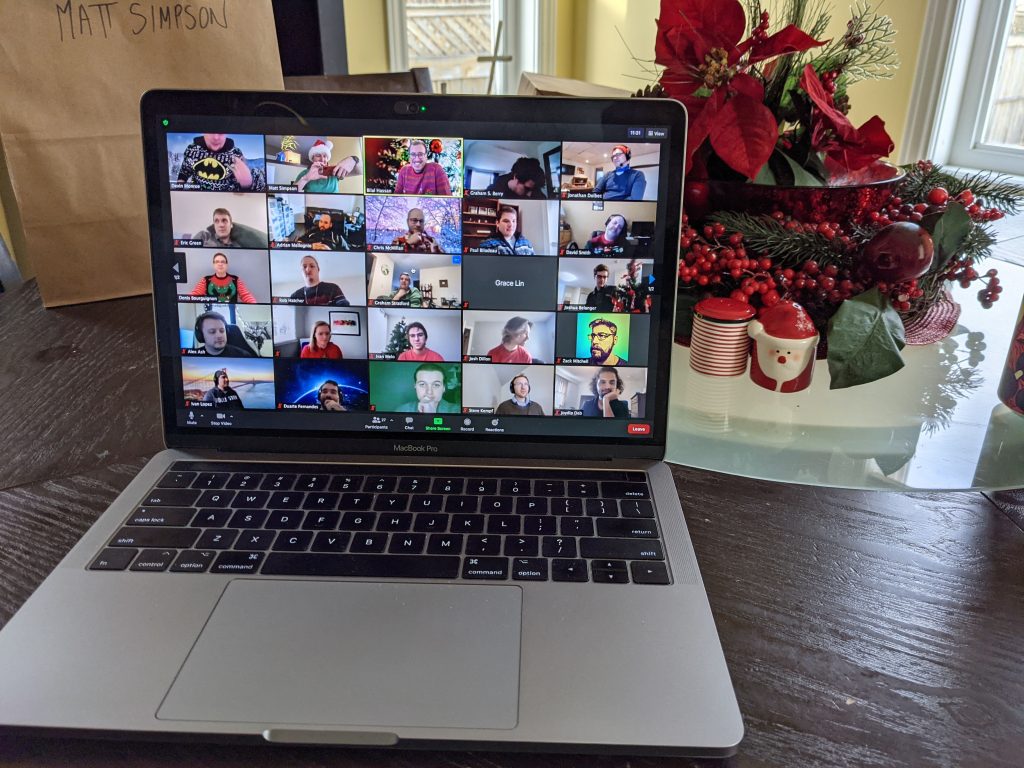
Community
A Culture of Collaboration
One of the greatest strengths of the Consortium was its vibrant community. Starting in 2017, the annual Elentra Engage conference became a centerpiece, gathering developers, instructional designers, faculty, and IT leads to share use cases, collaborate on challenges, and celebrate progress. Over the years, seven conferences brought together over hundreds of attendees from more than 22 institutions.
Digital tools—Slack, GitHub, Idea Portals—ensured constant feedback loops. Ideas were discussed openly, debated constructively, and implemented collaboratively. Releases were tied to consensus and participation, not profit or competition.
Consortium members regularly shared more than code: they shared trust, mentorship, and institutional wisdom. Smaller schools gained access to innovations they might never have built alone. Larger schools engaged with features informed by varied use cases and perspectives across the Consortium.
The diversity of member institutions brought a wide range of ideas and approaches, which led to deeper exploration and thoughtful refinement. Design decisions were enriched by active discussion and collaborative analysis. Ideas evolved through multi-institutional dialogue, enhancing both their quality and adaptability. This dynamic exchange of perspectives made the platform more resilient, responsive, and enduring. Working together wasn’t just a value though—it was labor. Collaboration meant convening, documenting, resolving, iterating. Governance took time. Consensus took patience. But the community did it. Not because it was easy, but because it was worth it.
Impact
Reaching Institutions, Professionals, and the World
The Elentra Consortium reshaped how participating institutions delivered health professions education. By co-developing a platform grounded in academic priorities, members created shared infrastructure that supported academic needs like curriculum mapping, competency-based assessment, scheduling, portfolios, and learner progression—bringing coherence to what were once fragmented systems.
Throughout its lifespan, the platform supported more than 220,000 learners and thousands of faculty and staff. These individuals—trained, assessed, and supported through Elentra—represent the next generation of health professionals. As they continue in their careers, they will collectively care for billions of people across the world, extending the Consortium’s influence far beyond the classroom.
Just as significant was the model of collaboration itself. The Consortium proved that institutions could co-govern technology without sacrificing autonomy. It fostered a culture where educators, developers, and administrators shaped solutions together, aligning long-term needs with shared values.
Its legacy lives on not only in the platform, but in the relationships, processes, and mindset it cultivated—showing what’s possible when academic institutions come together with clarity of purpose and a commitment to collective progress.
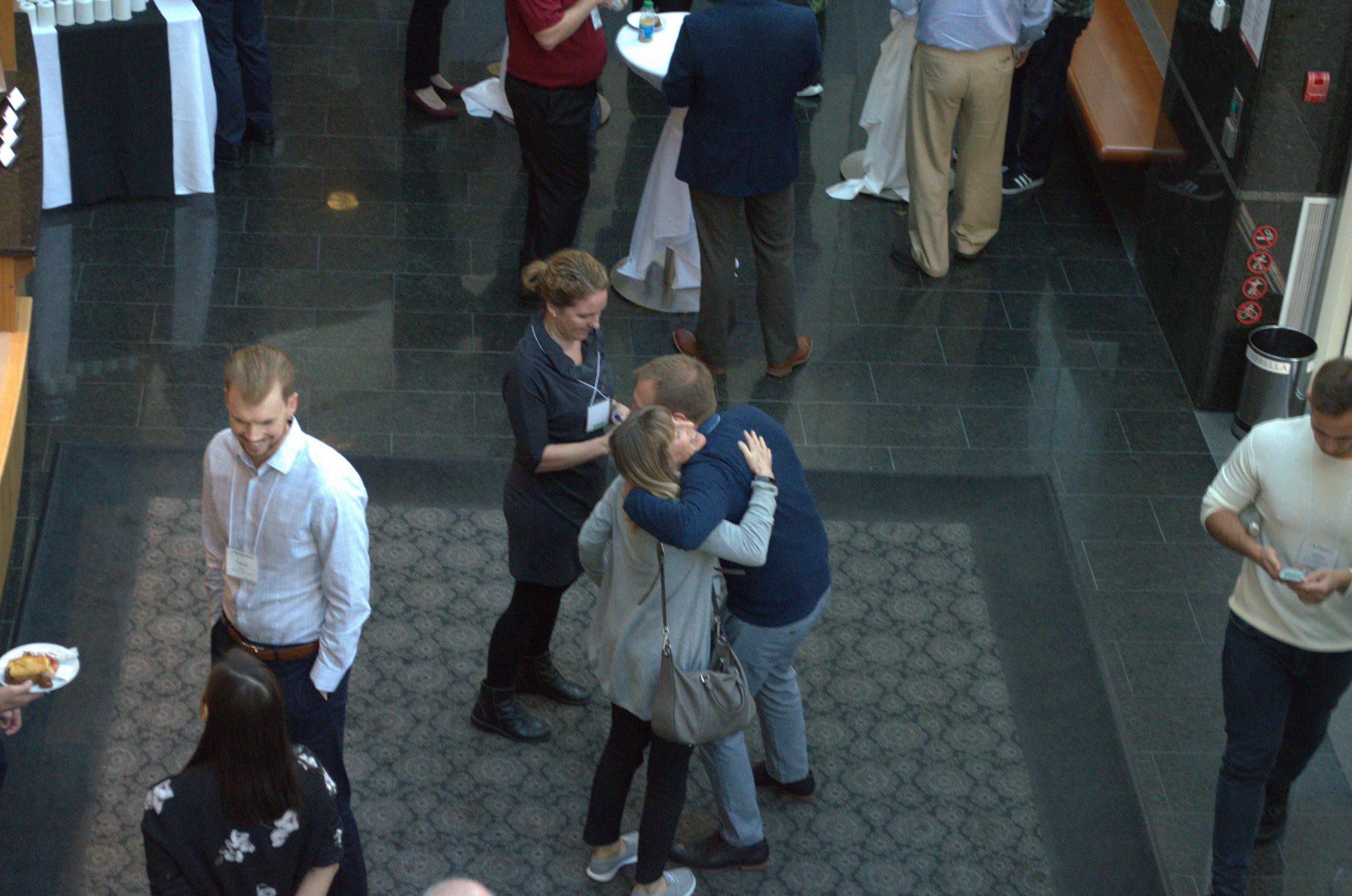
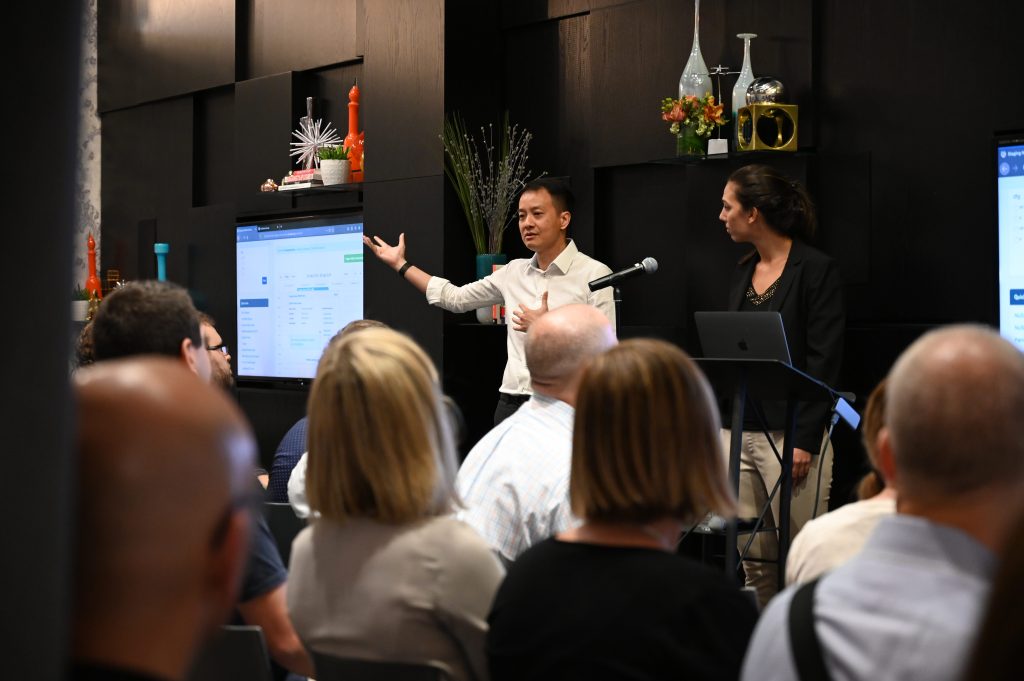
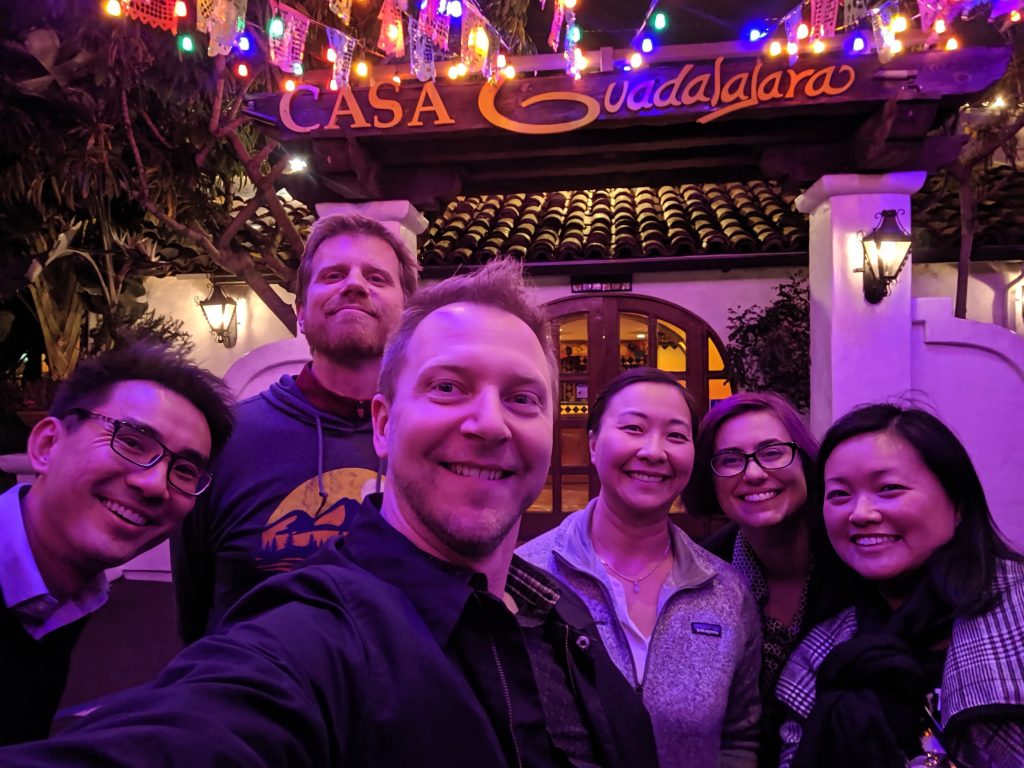
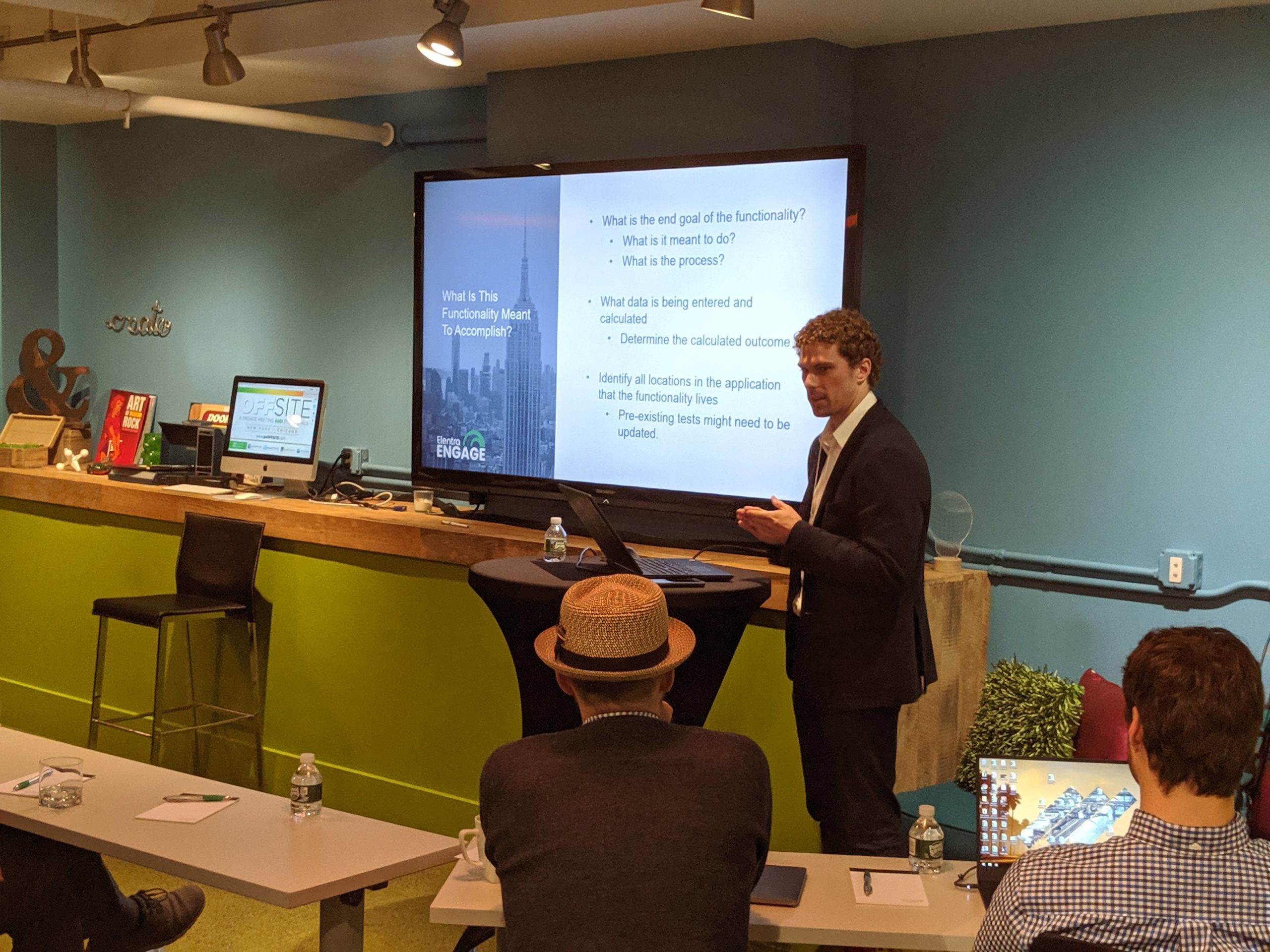
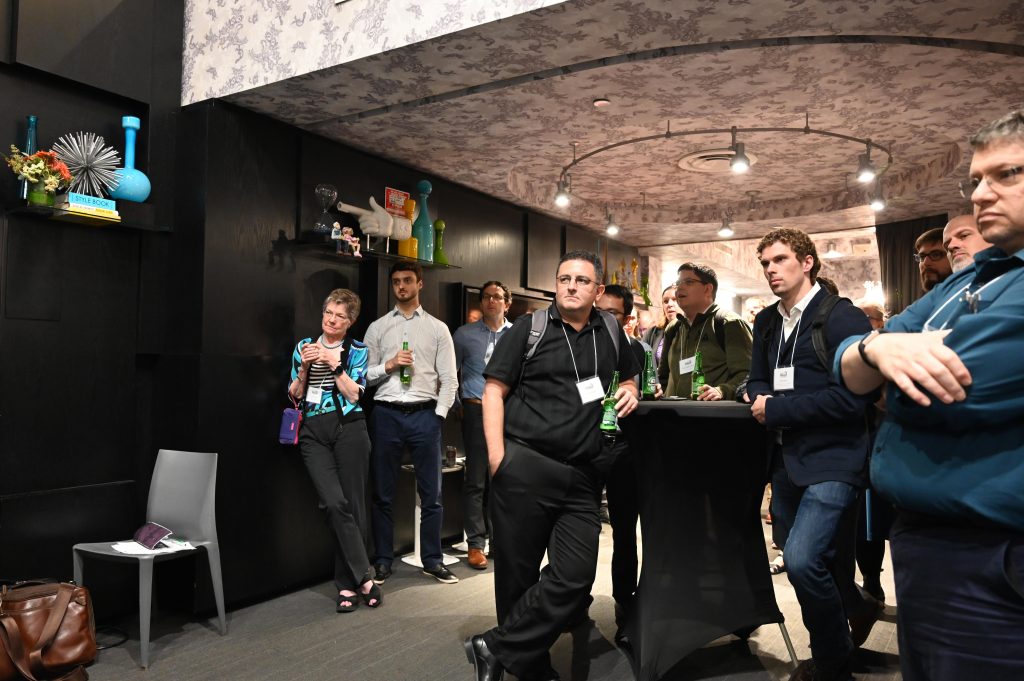
Lessons
Insights from Fifteen Years of Collaboration
- Shared governance is possible when people are aligned by mission.
- Innovation is enriched when many institutions build together.
- Transparency builds resilience—open debate and participation made the product better and the community stronger.
- Equity of voice matters—governance structures that center fairness can enable cooperation across vastly different institutions.
- Community is more than a structure—it is belonging, a sense of collective ownership, and a belief that together we can solve problems that none of us could alone.
Common Themes from Consortium Focus Groups
- Supportive Environment / Approach / Diversity
- Innovation / Customization
- Shared Resources / Access to Expertise
Gratitude
A Closing Reflection
To every administrator who filed a ticket or was part of a working group; every developer who committed a fix; every faculty member who gave feedback; and every learner who shaped the future by using Elentra—you were part of something rare.
The Elentra Consortium grew into something far greater than a software project. It became a community rooted in collaboration, experimentation, learning, and service. At the heart of that community was a profound spirit of collegiality. Across diverse roles and institutions, people came together with a shared purpose, offering their time, ideas, and care to something bigger than any one organization. This collective effort created a space where innovation was possible, challenges were shared, and every contribution mattered. While the model evolved over time, the legacy of building together endures. The consortium’s spirit of partnership and mutual respect will carry forward, shaping future collaborations and living on in the people who built it together.
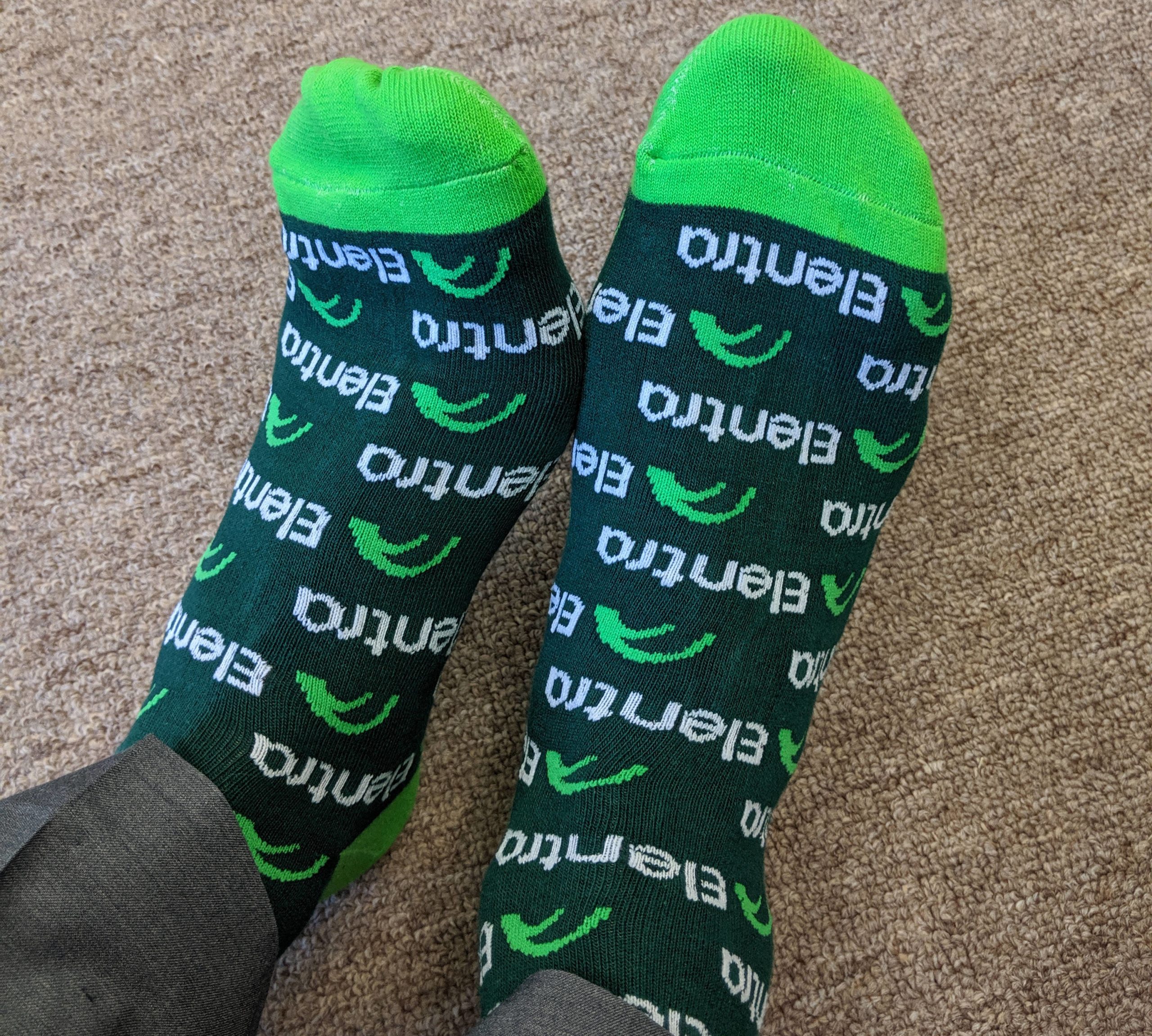
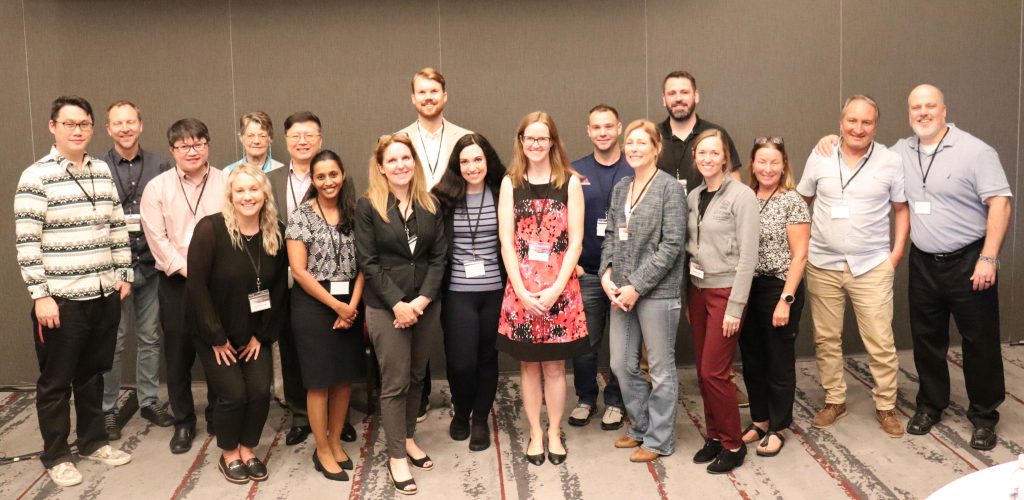
Contact
If you have questions about the Elentra Consortium, please contact us.